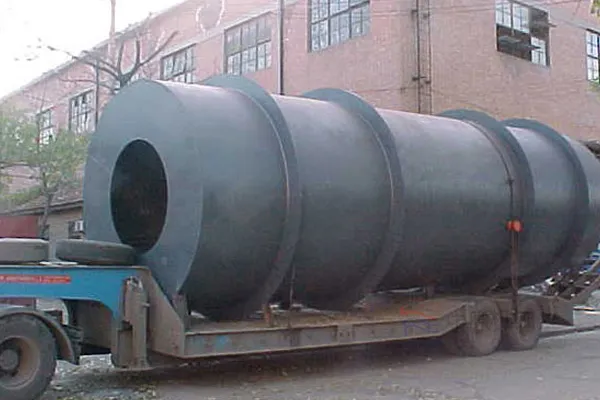The internal structure of a cylindrical mixer is designed to facilitate effective mixing of materials, typically powders, granules, liquids, or combinations thereof. The exact internal structure can vary based on the mixer type and its intended application, but here is a general overview of the typical components found inside a cylindrical mixer.

Mixing Chamber (Cylinder Body)
The main component of the mixer, which is a cylindrical shell that houses all the internal mixing elements. It is usually made of stainless steel or other durable materials to withstand wear and chemical reactions.
Mixing Elements (Agitators)
Paddles or Blades: These are fixed to a central shaft that rotates inside the cylinder. The paddles or blades are shaped and angled to create a turbulent flow, ensuring effective mixing of materials. The design can vary from flat, helical, spiral, or ribbon shapes depending on the type of mixing required.
Helical Ribbon Agitator (for Ribbon Blenders): A double helical ribbon agitator is a common feature in ribbon blenders. It consists of an inner and outer ribbon that rotates to move material in opposite directions, creating a thorough mixing effect.
Central Shaft
The shaft runs along the center axis of the cylindrical chamber and is powered by a motor. The mixing elements (paddles, blades, or ribbons) are attached to this shaft. The rotation speed and direction can be adjusted based on the material properties and mixing requirements.
End Plates or Covers
The cylinder is enclosed by end plates or covers on both ends. These may have openings for loading and unloading the material, as well as access ports for cleaning, inspection, or maintenance.
Baffles or Deflectors
Fixed to the inner walls of the cylindrical chamber, baffles or deflectors disrupt the flow pattern and improve mixing efficiency by preventing the materials from rotating as a single mass (especially in high-viscosity mixing).
Discharge Port or Valve
Located at the bottom or side of the cylinder, the discharge port or valve is used to remove the mixed material from the chamber. The design of the discharge port can vary (e.g., butterfly valve, slide gate) depending on the viscosity and flow characteristics of the material.
Heating or Cooling Jacket (if applicable)
For processes that require temperature control, some cylindrical mixers are equipped with an external jacket that allows heating or cooling fluids to circulate around the mixing chamber. This helps maintain the desired temperature for the mixing process.
Spray Nozzles or Injection Ports (if applicable)
Some cylindrical mixers, especially those used for liquid-solid mixing or coating, are equipped with spray nozzles or injection ports to add liquids or binders during the mixing process.
Sealing and Bearings
To prevent leakage and contamination, the ends of the shaft where it exits the mixer are equipped with seals and bearings. These components also support the shaft and allow smooth rotation.
...
For more detailed information about the internal structure of the cylindrical mixer, please click here: https://www.zymining.com/en/a/news/cylindrical-mixer-internal-structure.html